Are you ready to bring your creative ideas to life? In this article, we'll explore the essential steps for drafting a compelling letter template aimed at obtaining approval for your innovative concepts. We'll discuss the best practices for engaging your audience and ensuring your proposal stands out in a crowded inbox. So, let's dive in and uncover the art of persuasion in letter writing!

Subject Line Clarity
Subject lines hold significant importance in email communication, especially in creative concept approvals. An effective subject line should be concise yet descriptive, providing a clear indication of the email's content. For instance, "Approval Request: Creative Concept for Summer Campaign 2024" effectively summarizes the email's purpose. In contrast, vague subject lines can lead to misunderstandings or overlooked emails, potentially delaying projects. Therefore, including specific phrases such as "Design Mockup," "Budget Proposal," or "Feedback Needed" helps recipients prioritize emails and streamlines the approval process, crucial for maintaining timelines in projects.
Engaging Introduction
Creative concept approval requires a compelling introduction that captures attention and sets the stage for innovative ideas. A hook, such as a captivating statistic or a thought-provoking question, can ignite curiosity about the project's potential impact. This introduction should highlight the project's objectives, emphasizing its alignment with broader strategic goals, such as enhancing brand visibility or increasing customer engagement. Establishing a clear connection between the creative concept and the target audience's interests and needs enriches the context, ensuring stakeholders understand the value proposition. Providing a brief overview of the creative approach signals a forward-thinking process, encouraging receptive consideration from decision-makers.
Concise Concept Overview
An effective creative concept overview outlines the foundational idea behind a campaign or project. It should present the main theme or message, targeted audience demographics, and intended emotional response. Visual and auditory elements, such as color palettes or sound design, should be described to enhance clarity. Key performance indicators (KPIs) like engagement rates or conversion metrics also play a crucial role in measuring success. Additionally, referencing similar successful campaigns from industry names or standout examples offers a benchmark for expected outcomes, fostering approval from stakeholders.
Key Benefits and Objectives
Creative concepts aim to enhance brand visibility, drive customer engagement, and communicate core messages effectively. Engaging storytelling techniques capture audience attention, leading to increased social media shares, enhancing online presence, and fostering community interactions. Targeting specific demographics, such as millennials in urban areas, elevates the brand's relevance and appeal. Measurable objectives include increasing website traffic by 30% within three months and achieving a 15% boost in conversion rates through strategic call-to-action placements. Continuous feedback mechanisms ensure alignment with audience preferences, refining approaches for maximum impact.
Call to Action and Next Steps
Creative concepts play a crucial role in marketing strategies, driving engagement and conversion rates. The call to action (CTA) should be compelling and clear, encouraging the target audience to take immediate action, such as signing up for newsletters or making purchases. Next steps involve meticulous planning, outlining key performance indicators (KPIs) to measure effectiveness, and setting timelines for implementation. Feedback loops with stakeholders are essential to refine the creative approach, ensuring alignment with overall brand messaging and objectives. Collaboration among design, content, and marketing teams can enhance the execution of the approved concepts, ultimately leading to successful campaign outcomes and audience retention.

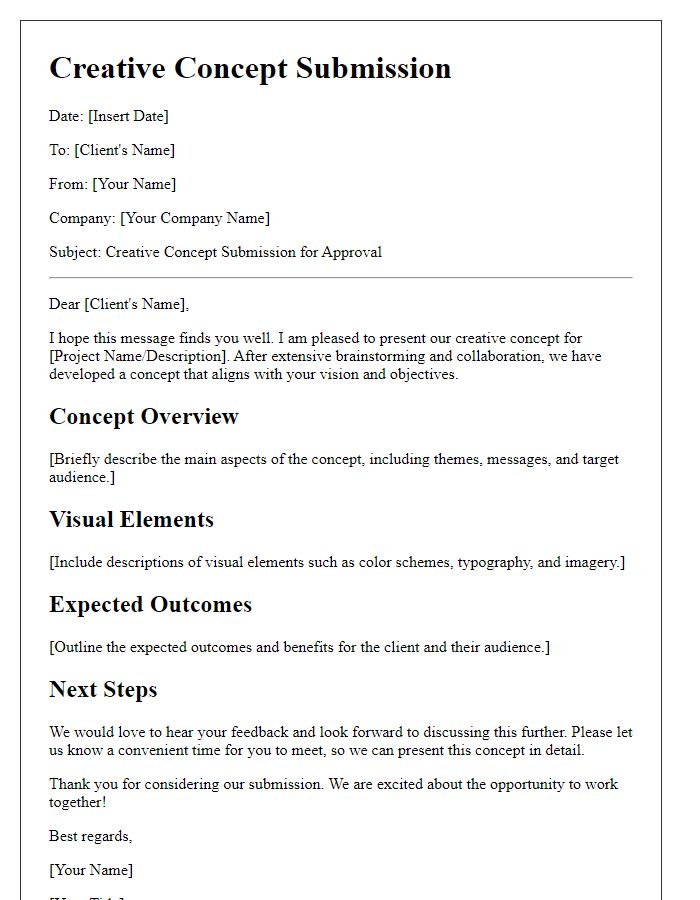
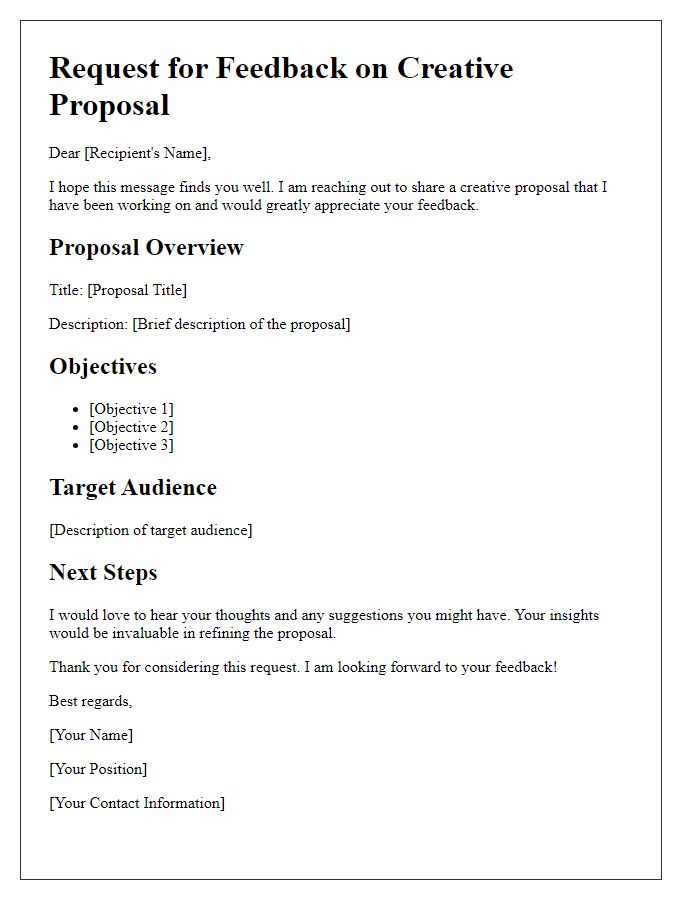
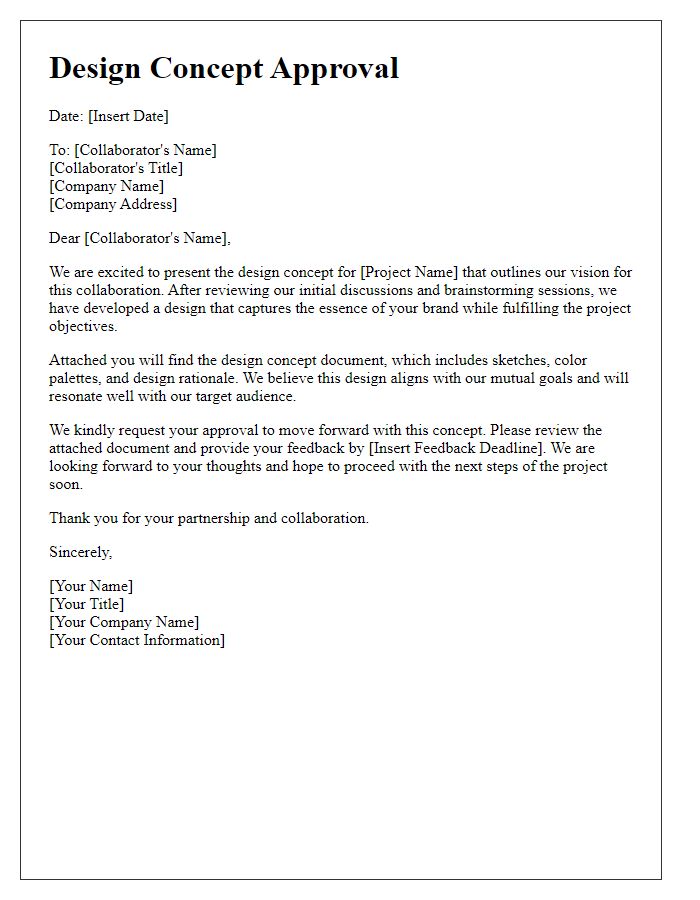
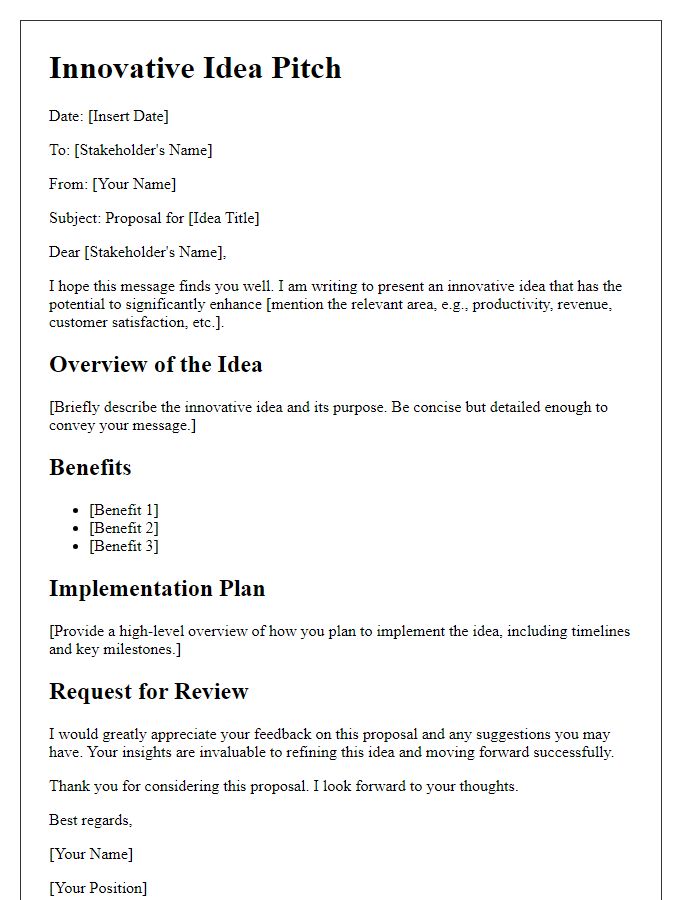


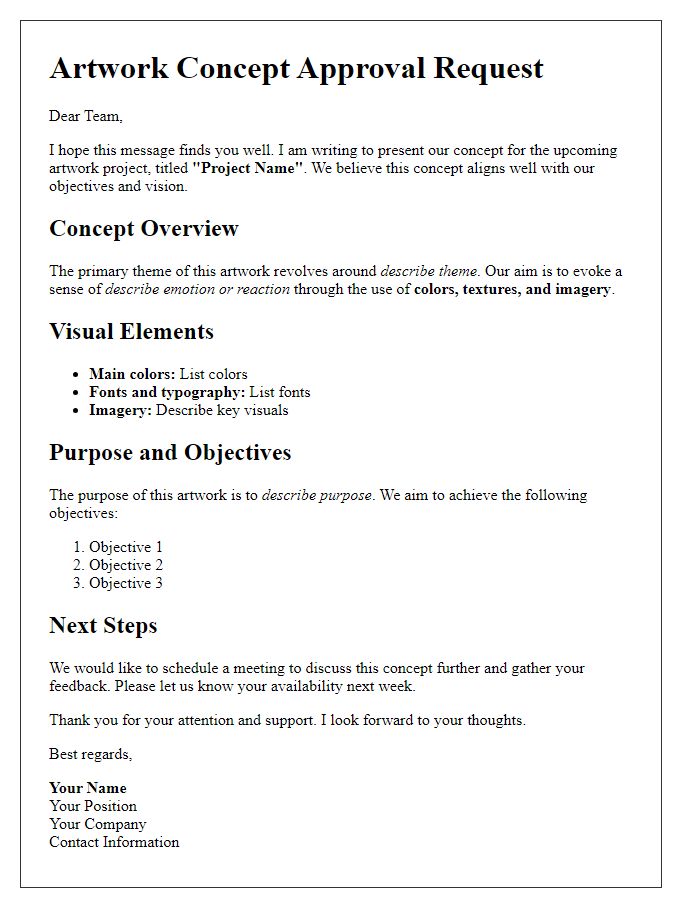
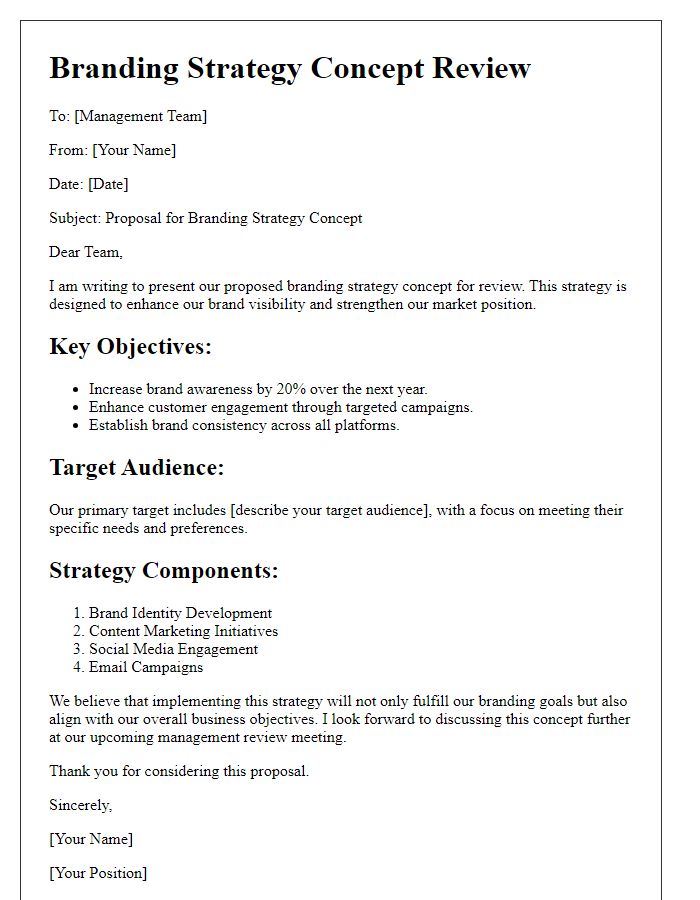
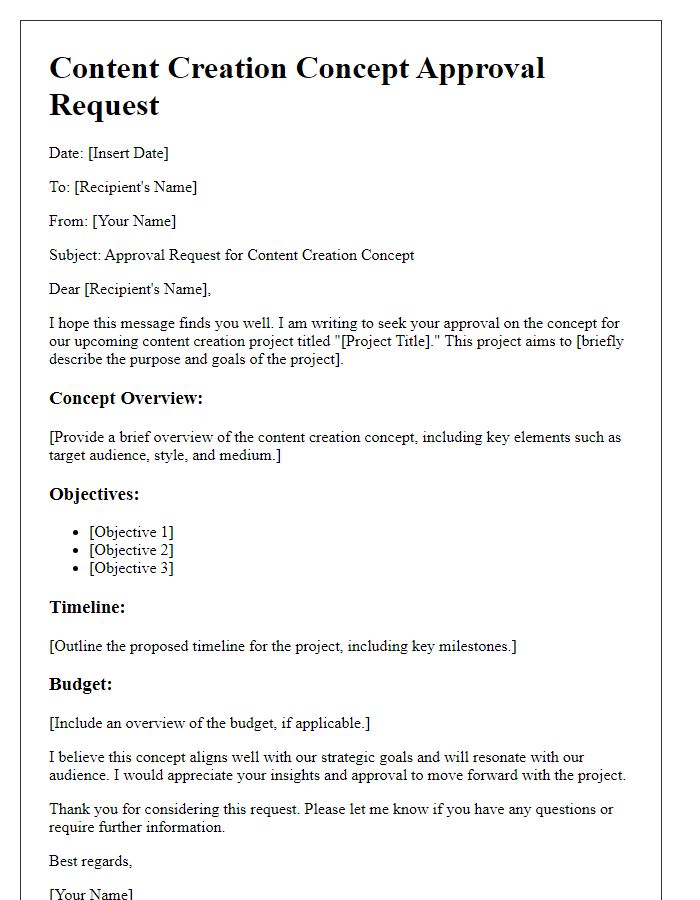
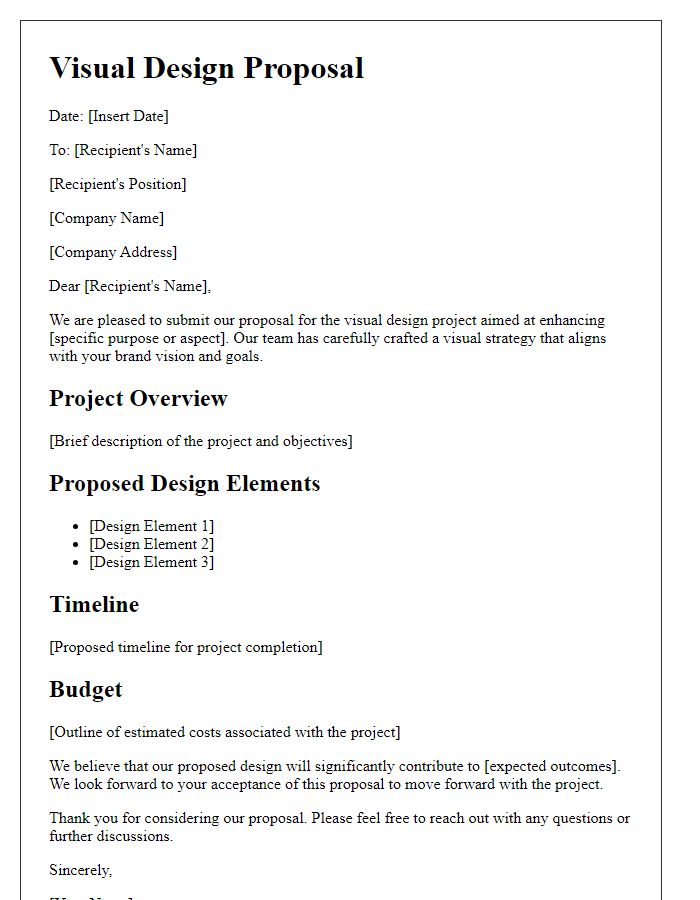


Comments